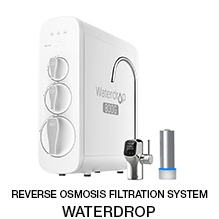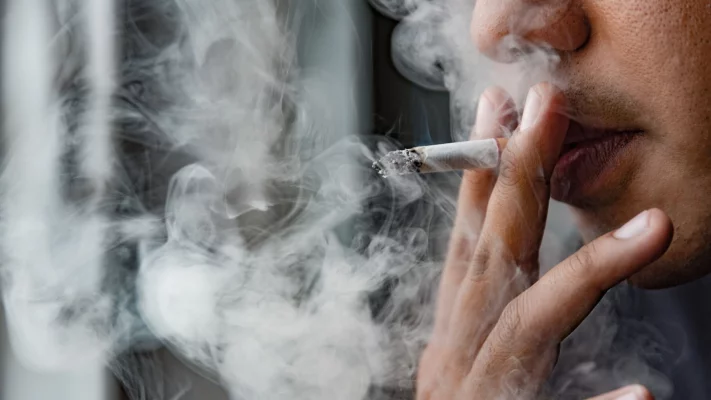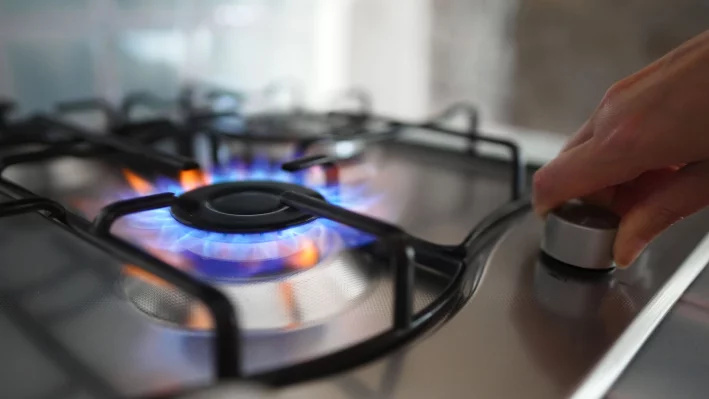- Air pollution is a hidden factor contributing to osteoporosis, especially in postmenopausal women, by accelerating bone loss and fragility.
- Pollutants like particulate matter (PM2.5), nitrogen oxides, sulfur dioxide, and ozone trigger inflammation and oxidative stress, weakening bones over time.
- Mitigation includes monitoring air quality (e.g., using the Blueair Friend app), avoiding outdoor exposure on polluted days, engaging in bone-strengthening activities, and improving indoor air quality with air purifiers such as the award-winning Blueair.
Imagine this: You step outside to enjoy the fresh air, but what you’re actually breathing in could be silently eroding your bones. Yes, air pollution—known for causing respiratory issues, heart disease, and even premature deaths—has a more insidious effect that’s often overlooked. It can weaken your bones, making them fragile and prone to fractures. For menopausal women, this risk is particularly alarming.
Osteoporosis, the condition where bones become brittle and lose density, is a leading cause of fractures in the elderly. Globally, an estimated one-third of women and one-fifth of men over age 50 will experience fractures related to osteoporosis. A simple slip can result in a broken hip or wrist, often leading to immobility and a rapid decline in overall health. While many of us associate osteoporosis with aging or poor nutrition, the role of air pollution in accelerating bone loss is a shocking revelation.
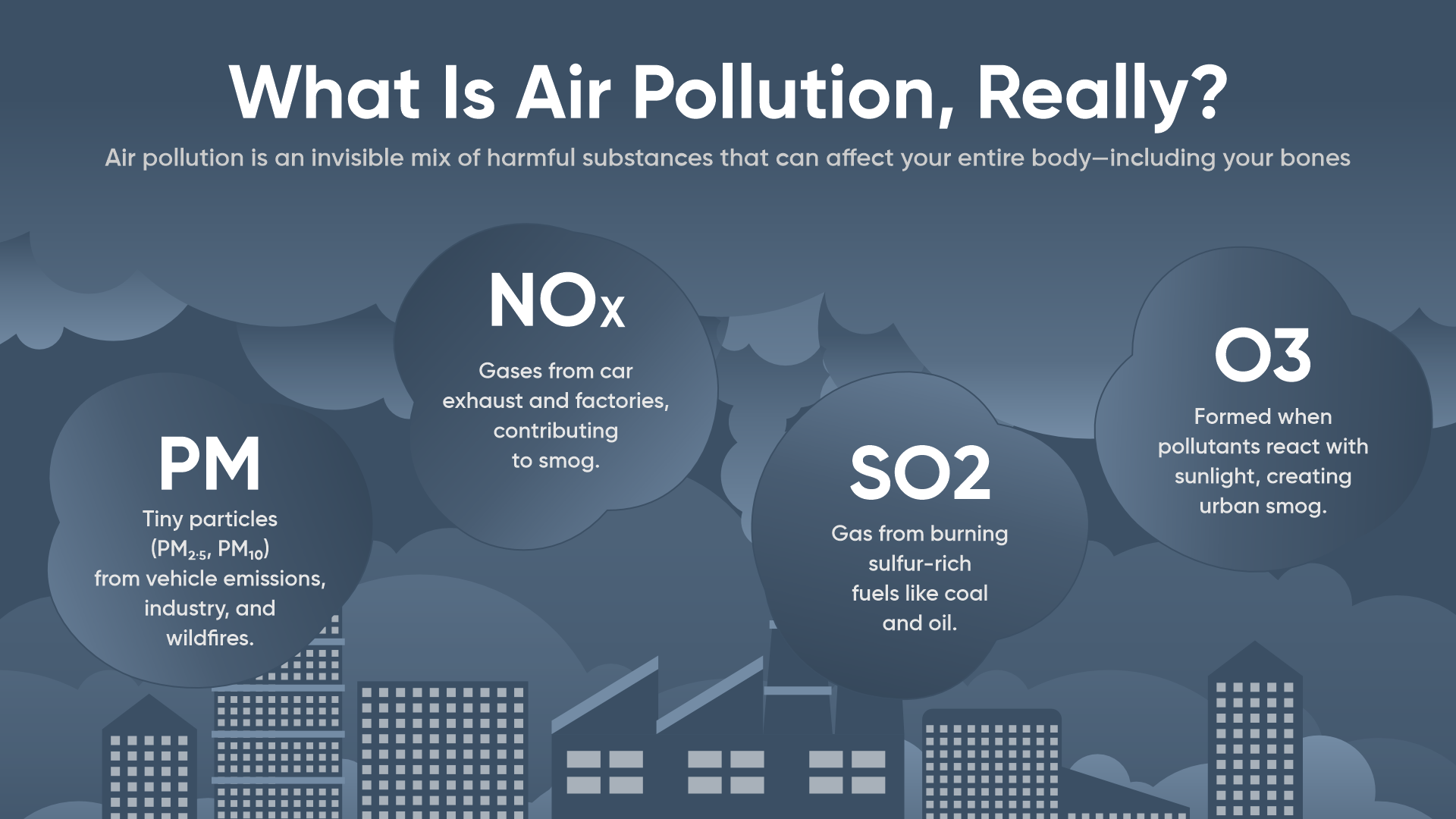
The Science Behind Air Pollution and Bone Loss
When you inhale polluted air, the tiny particles and gases don’t just stay in your lungs. They infiltrate your bloodstream, triggering widespread inflammation and oxidative stress. Think of it as your body being in a constant state of emergency, fighting off invisible attackers. This inflammatory response releases chemicals like cytokines, which activate bone-resorbing cells called osteoclasts. Over time, these overactive osteoclasts break down bone faster than your body can rebuild it, leading to bone density loss.
Studies have shown that postmenopausal women exposed to high levels of air pollution experience accelerated bone loss—up to twice the normal rate. For example, women living in areas with high particulate matter levels were found to have significantly lower bone mineral density (BMD), particularly in the spine and hips.
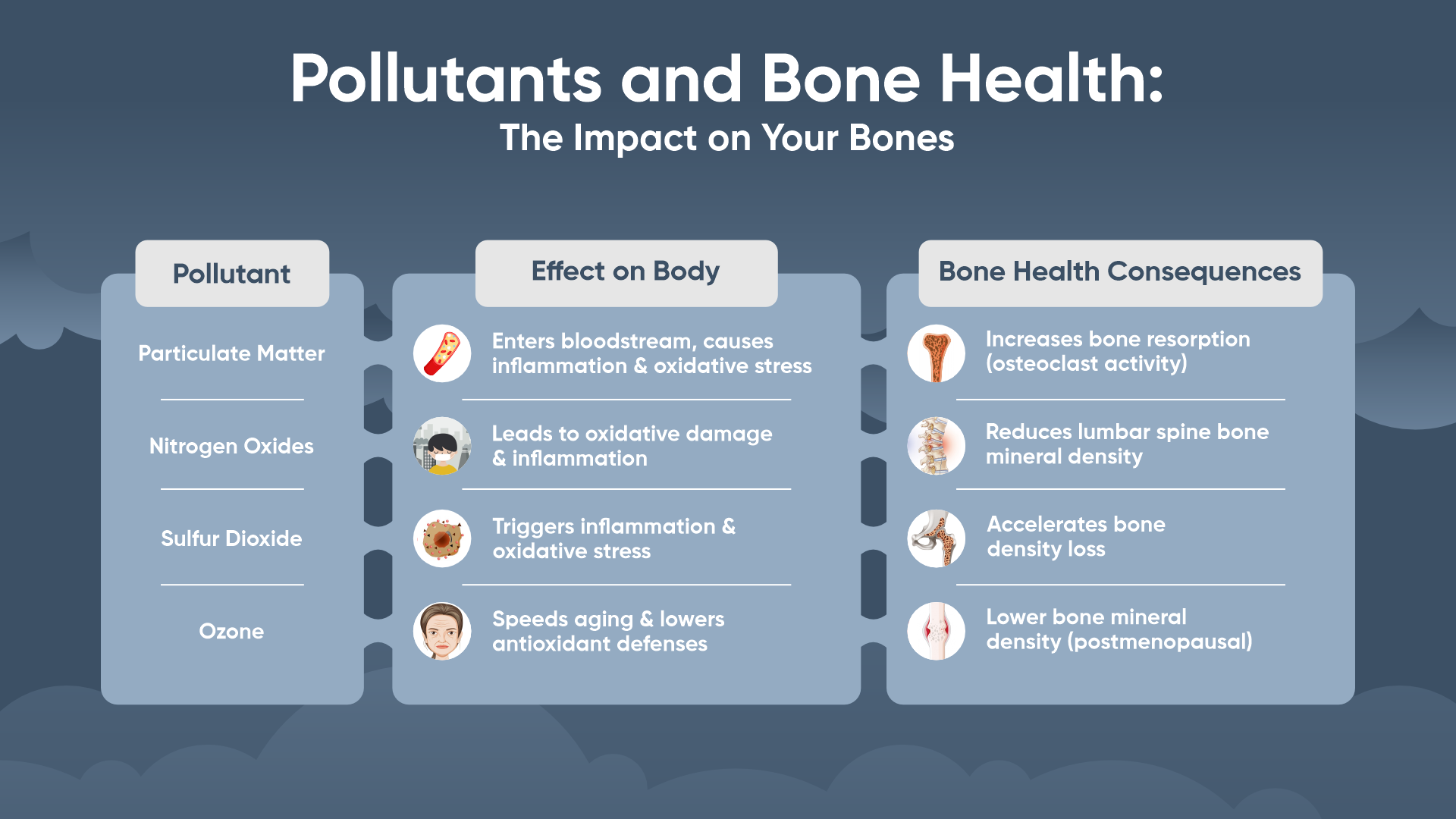
Why It Matters for Postmenopausal Women
Menopause is already a critical time for bone health. The drop in estrogen—a hormone that protects bones—makes women more vulnerable to osteoporosis. Adding air pollution to the mix only worsens the problem. Fragile bones mean fractures, and for many elderly individuals, a fracture can signal the start of a steep health decline.
What Can You Do?
While you can’t entirely avoid air pollution, there are steps you can take to protect yourself and your loved ones:
- 1. Avoid Highly Polluted Days Outdoors: Check air quality levels through tools like the Blueair Friend app, and plan to stay indoors during days when ambient air pollution is high. Simple awareness can make a big difference in reducing exposure.
- 2. Strengthen Your Bones: Focus on weight-bearing exercises and ensure your diet is rich in calcium and vitamin D.
- 3. Improve Indoor Air Quality: Invest in a high-efficiency air purifier like Blueair to reduce exposure to indoor pollutants. Clean air isn’t just a luxury—it’s a necessity.

The Takeaway
Air pollution is not just about smoggy skies or coughing fits—it’s a silent predator, stealing strength from our bones. For menopausal women, the stakes are even higher. By understanding this hidden connection, we can take action to protect our health and advocate for cleaner air. After all, our bones, like our planet, deserve better care.

 Blueair Blue 3210 Air Purifier with Particle + Carbon Filter - Small Room - 17 M²Special Price Rp. 3,670,800 Regular Price Rp. 3,990,000
Blueair Blue 3210 Air Purifier with Particle + Carbon Filter - Small Room - 17 M²Special Price Rp. 3,670,800 Regular Price Rp. 3,990,000
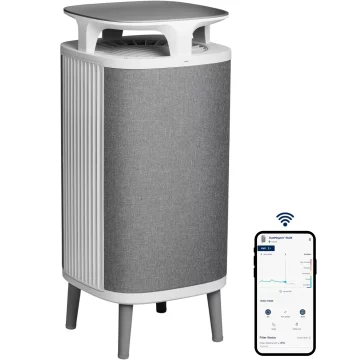 Blueair DustMagnet™ 5440i Air Purifier with Particle + Carbon Filter - Medium Room - 33 m²Special Price Rp. 10,118,400 Regular Price Rp. 10,880,000
Blueair DustMagnet™ 5440i Air Purifier with Particle + Carbon Filter - Medium Room - 33 m²Special Price Rp. 10,118,400 Regular Price Rp. 10,880,000
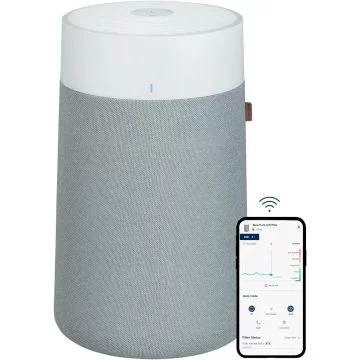 Blueair Blue Pure Max 3250i Air Purifier with Particle + Carbon Filter - Small Room - 20 m²Special Price Rp. 3,790,500 Regular Price Rp. 3,990,000
Blueair Blue Pure Max 3250i Air Purifier with Particle + Carbon Filter - Small Room - 20 m²Special Price Rp. 3,790,500 Regular Price Rp. 3,990,000
 Blueair Classic 690i Air Purifier with DualProtection (Particle + Coconut Carbon) Filter - Extra Large Room - 72 M²Special Price Rp. 16,541,600 Regular Price Rp. 17,980,000
Blueair Classic 690i Air Purifier with DualProtection (Particle + Coconut Carbon) Filter - Extra Large Room - 72 M²Special Price Rp. 16,541,600 Regular Price Rp. 17,980,000
 Blueair HealthProtect™ 7770i Air Purifier with Particle + Active Carbon Filter + RFID chip - Large Room - 62 m²Special Price Rp. 21,356,000 Regular Price Rp. 22,480,000Out of stock
Blueair HealthProtect™ 7770i Air Purifier with Particle + Active Carbon Filter + RFID chip - Large Room - 62 m²Special Price Rp. 21,356,000 Regular Price Rp. 22,480,000Out of stock
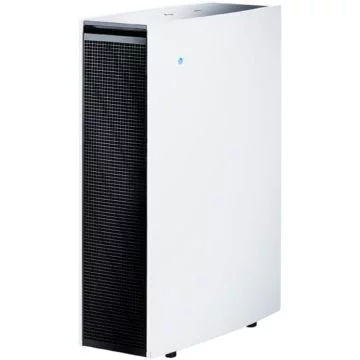 Blueair Pro L Air Purifier with Smokestop Filter - Extra Large Room - 72 M²Special Price Rp. 18,411,000 Regular Price Rp. 19,380,000
Blueair Pro L Air Purifier with Smokestop Filter - Extra Large Room - 72 M²Special Price Rp. 18,411,000 Regular Price Rp. 19,380,000


